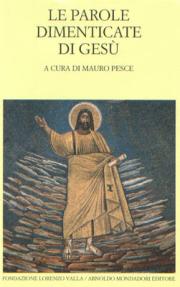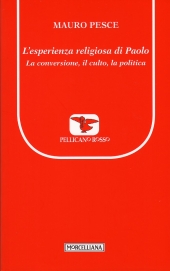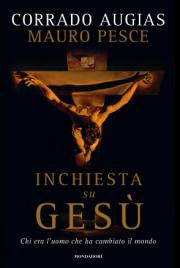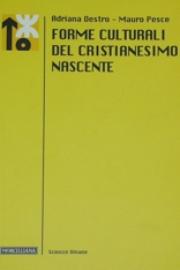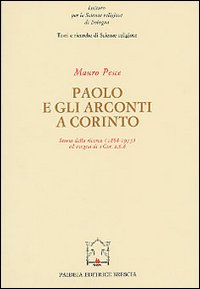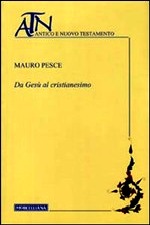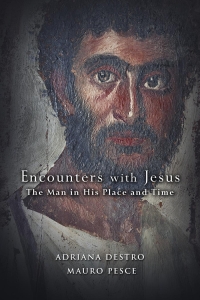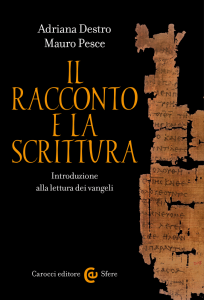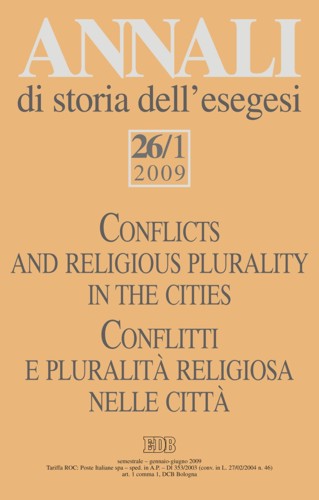From Jesus movement to Christianity: A Model for the Interpretation. Cohabitation and Separation of Jews and Christians
- Dettagli
- Categoria: Documenti
- Pubblicato Mercoledì, 01 Gennaio 2014 11:44
- Visite: 6242
A. Destro - M.Pesce, “From Jesus movement to Christianity: A Model for the Interpretation. Cohabitation and Separation of Jews and Christians”, in: S.Mimouni – B.Pouderon (eds.), La Croisée des chemins revisitée. Quand l'Église et la Synagogue se sont-elles distinguées ? Actes du colloque de Tours 18-1 juin 2010, Paris, Cerf, 2012, 21-49.
Abstract
Our hypothesis is that until around end of the second century, the groups of
Jesus followers were sub-groups of Jewish groups, and, however, they possessed some distinctive
characteristics. But they are not “separate” groups. Also during the first two centuries, there existed,
therefore, profound bonds between Jesus followers and Jews, but also boundaries. From the end of
the second century onwards, we witness a strengthening of the distinction and also a separation, as
the groups of Jesus followers are no longer, by and large, sub-groups of groups of Jews. This
coincides with the building of places of worship that are identifiable as Christian. It is marked by
the emergence of funerary epigraphy that shows some Christian traits (while still preserving strong
affinities with Jewish and pagan ones), by the creation of distinct burial sites, by the development of
monarchic episcopates in some cities, and, finally, by the ethnic differentiation among groups.
However, when the boundaries became stronger with the passage of time, for example in the second
half of the fourth century, exchanges and co-participation in daily life and ideas continued between
Christians and Jews.
Finally, it must be borne in mind that situations varied among different geographical areas, and
between urban and rural areas, while there were also displacements in the timing of these
transformations.

